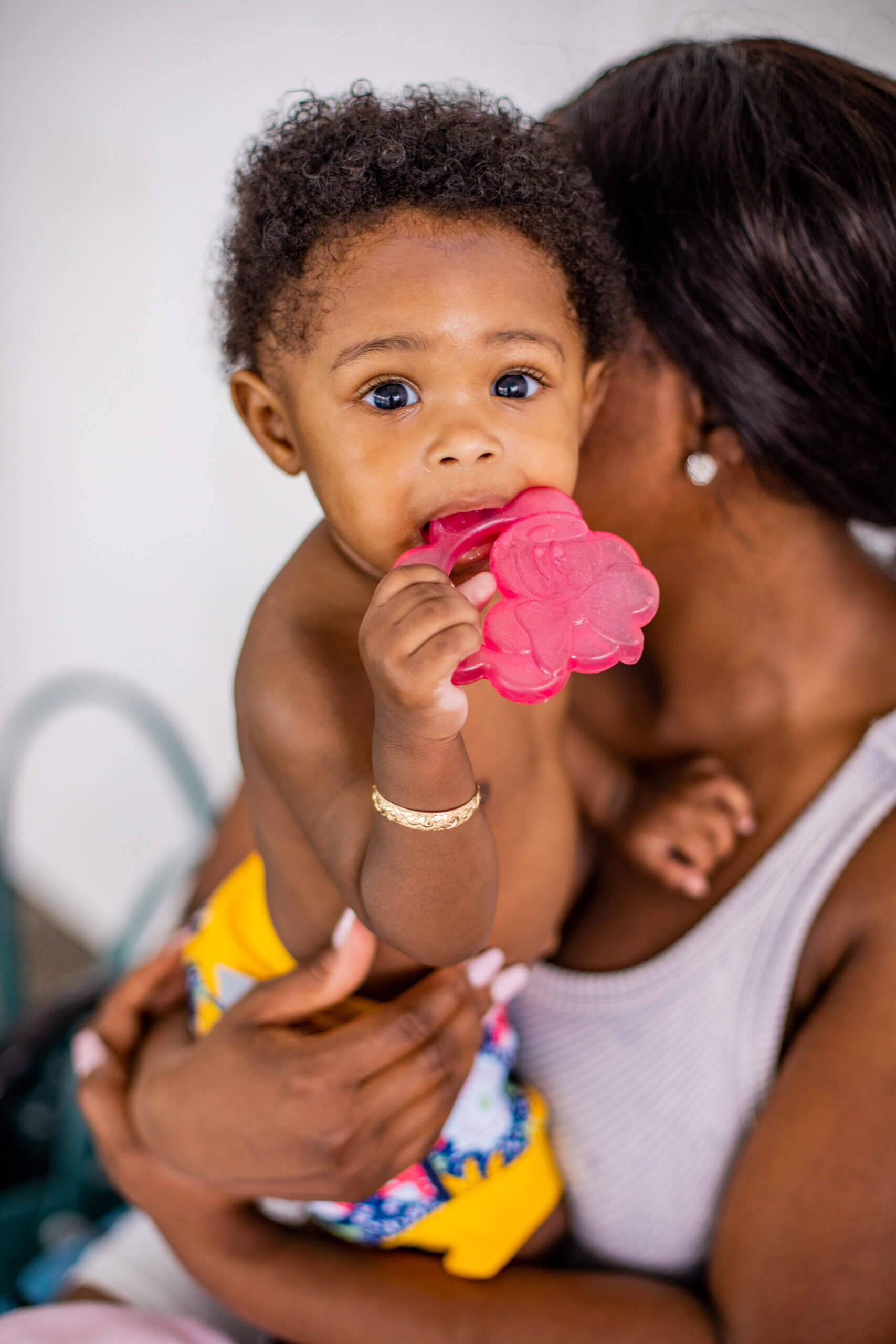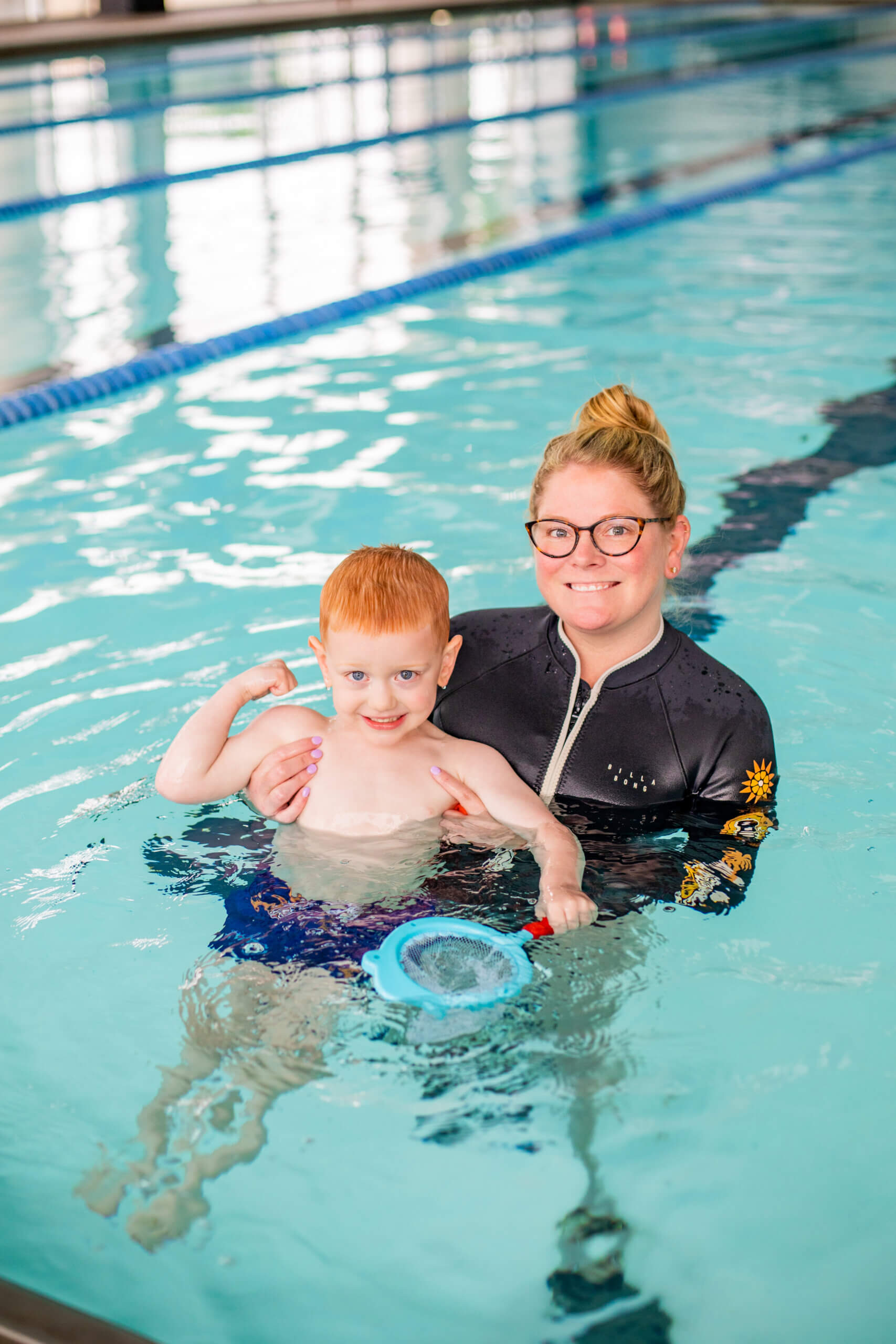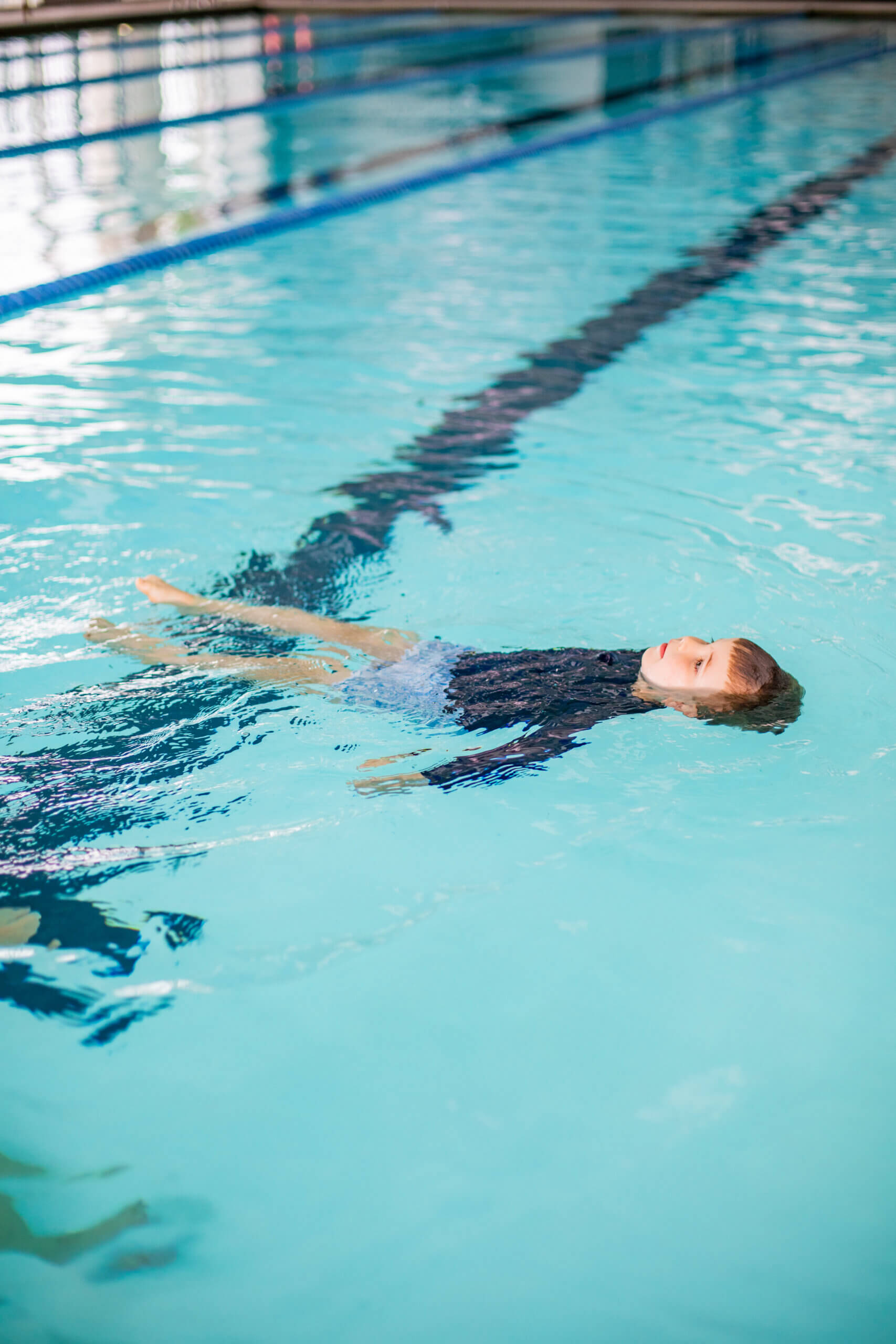LESSON STRUCTURE
ONE-on-ONE INSTRUCTION
Each student is taught one-on-one with by your Certified ISR instructor. Each lesson is individualized to the child’s needs and abilities and each child is safely guided through the learning process. (No child is ever thrown into the pool.)
After going through the ISR Self-Rescue® program, your child will have an excellent swimming foundation. They will have learned good breath control, head and body posture, and swim movement. Students go on to use their skills for learning stroke work and rotary breathing and because the little ones are competent, happy swimmers, families enjoy being in and around the water together.
JUST 10 MINUTES A DAY!
Because consistency and repetition are necessary components of learning for infants and young children, ISR students attend a one-on-one, 10-minute lesson daily, Monday through Friday, for approximately 6 weeks to complete either the Rollback-to-Float or Swim-Float-Swim program.
Though the lesson length may seem short, most of us know infants and toddlers who do not spend more that 10 minutes focused on any one activity. Research shows that this 10-minute window of learning provides the safest, most effective lesson possible for infants and young children.
Daily consecutive attendance is critical to acquiring ISR Self-Rescue® skills.

INFANTS 6 months to 15 months:
Rollback-to-Float Program
The Rollback-to-Float program teaches breath control, correct floating posture and the skills to attain a back float and remain floating for varied periods of time. All students eventually practice their skills wearing a regular diaper, clothing, and shoes, because aquatic accidents can take place anywhere, anytime!

CHILDREN 15 months to 6 YEARS OLD:
SWIM-FLOAT-SWIM Program
A child at least 15 months and walking is taught to swim with his/her face in the water and eyes open. He/she rolls over onto his back to rest and breathe. He/she then rotates back onto his/her stomach to continue swimming towards the edge of the pool and safety.
The Swim-Float-Swim program begins with teaching breath control and the skills to turn around in the water to secure the edge of the pool. Children learn correct swimming posture, movement through the water, the rollback-to-float as well as rotating to a face down position to continue to swim with face in the water and eyes open. This swim-float-swim sequence can be repeated until safety is reached. All students eventually practice their skills wearing a regular diaper (if not potty-trained), clothing, and shoes, because aquatic accidents can take place anywhere, anytime!

RECREATIONAL SWIM AND BASIC STROKE WORK
Once a child has completed their initial session, they work on diving for toys, stroke development, and endurance building. These skills come after the child has mastered other age-appropriate skills and can self-rescue.
